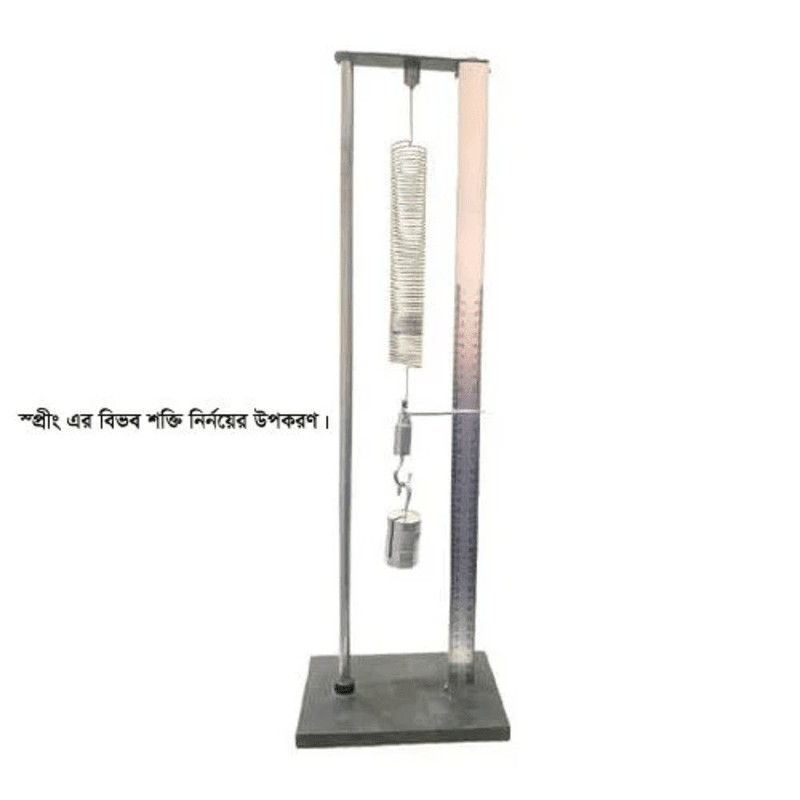Determining the potential strength of the spring
Description:
Determining the potential strength of a spring involves understanding how much force a spring can store and release. This is typically calculated using Hooke's Law, which states that the force required to extend or compress a spring is directly proportional to the displacement, provided the elastic limit is not exceeded. The potential strength, or elastic potential energy, is a critical concept in physics and engineering.

Uses:
- Mechanical Engineering: Used in designing systems where energy storage and release are crucial, such as in suspension systems.
- Physics Education: Helps students understand concepts like elasticity, potential energy, and force.
- Construction and Materials Testing: Determines the durability and flexibility of materials used in various structures and devices.
Precautions:
- Overstretching: Avoid stretching or compressing the spring beyond its elastic limit, as it can lead to permanent deformation or breakage.
- Safety Measures: Handle with care, especially in industrial or lab settings, to prevent injuries from the sudden release of tension.
- Accurate Measurements: Ensure precise measurement of force and displacement to avoid incorrect calculations that may affect the experiment or application.
If you'd like to know more about this chemical or need any analysis
report regarding this chemical then contact us support@echem.com.bd.


Login To Comment